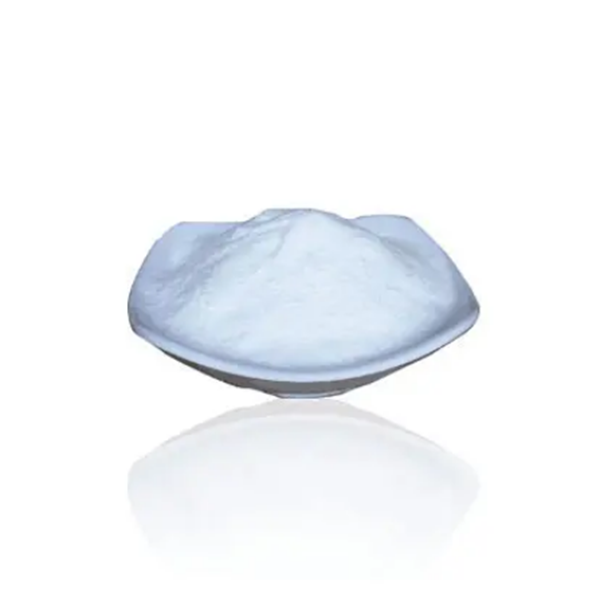
Panthenol is a derivative of vitamin B5, also known as retinol B5. Vitamin B5, also known as pantothenic acid, has unstable properties and is easily affected by temperature and formulation, leading to a decrease in its bioavailability. Therefore, its precursor, panthenol, is often used in cosmetic formulations.
Compared with vitamin B5/pantothenic acid, panthenol has more stable properties with a molecular weight of only 205. It can effectively penetrate into the stratum corneum and quickly convert into vitamin B5, which is an essential part of the body’s metabolism and an important raw material for the synthesis of coenzyme A. Coenzyme A is an auxiliary factor in various enzyme reaction pathways in the body. It participates in cellular energy metabolism, providing energy for the body’s life activities. In addition, it also participates in the metabolism of various key components in the skin, such as cholesterol, fatty acids, and sphingolipids synthesis.
The topical application of panthenol on the skin began in 1944 and has a history of over 70 years. It is mainly used in cosmetics for moisturizing, soothing, and repairing purposes.
The most important role
Moisturizing and improving barriers
Panthenol itself has the functions of moisture absorption and retention, while promoting lipid synthesis, increasing the fluidity of lipid molecules and keratin microfilaments, improving the rigid environment between keratinocytes, and helping to maintain healthy skin barrier function. It should be noted that in order for panthenol to improve the barrier effect, the concentration needs to be 1% or above, otherwise 0.5% can only be a moisturizing effect
Soothing
The soothing effect of panthenol mainly comes from two aspects: ① protection against oxidative stress damage ② reduction of inflammatory response
① Panthenol can reduce the production of reactive oxygen species in skin cells, while upregulating the skin’s own antioxidant mechanism, including inducing skin cells to express more antioxidant factor – heme oxygenase-1 (HO-1), thereby enhancing the skin’s antioxidant capacity Pantothenic acid can reduce inflammatory response. After stimulating keratinocytes with capsaicin, the release of inflammatory factors IL-6 and IL-8 significantly increases. However, after treatment with pantothenic acid, the release of inflammatory factors can be inhibited, thereby reducing inflammatory response and relieving inflammation
Promote repair
When the concentration of panthenol is between 2% and 5%, it can promote the regeneration of damaged human skin. After treating the laser injury model with panthenol, the expression of Ki67, a marker for keratinocyte proliferation, increased, indicating that more keratinocytes entered the proliferative state and promoted epidermal regeneration. Meanwhile, the expression of filaggrin, an important marker for keratinocyte differentiation and barrier function, also increased, indicating the promotion of skin barrier repair. A new study in 2019 showed that panthenol promotes wound healing faster than mineral oil and can also improve scars.
Post time: Aug-30-2024



